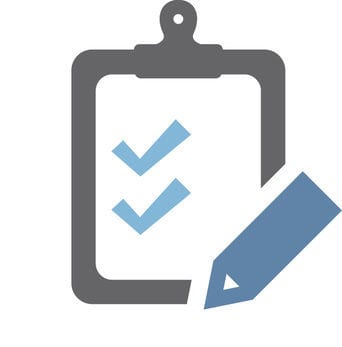
The Federal Risk and Authorization Management Program (FedRAMP) has given Acuant a Moderate Provisional Authority to Operate (P-ATO). The distinction covers Acuant’s AssureID Connect, Ozone document recognition, and FaceID facial recognition services (COFRS), and indicates that those solutions meet the data protection requirements expected from companies that provide hosted cloud services for federal agencies. Those standards are established by the Office of Management and Budget (OMB).
The decision comes courtesy of FedRAMP’s Joint Authorization Board (JAB), which acts as the primary decision-making body for the organization. JAB offered its assessment after the Board’s Technical Representatives and the General Services Administration’s (GSA) Office of General Counsel advised them to make it a priority, in the hopes that Acuant could help the federal government meet the growing need for certified identity proofing options.
The board itself is made up of CIOs from the Department of Homeland Security (DHS), the Department of Defense (DOD), and the GSA. Acuant has provided screening services for government agencies in the past, cropping up on FedRAMP’s radar after outfitting the GSA with document verification and facial recognition technology for its Login.gov system.
“This achievement exemplifies the level of excellence that Acuant strives for in all we do,” said Acuant President and CEO Yossi Zekri. “We have been working in the government sector for many years, it was ideal for us to pursue this prestigious level of certification and we look forward to completing the process.”
Acuant has integrated iProov’s Flashmark technology into FaceID to improve the platform’s liveness detection capabilities. Since then, FaceID has cleared the first and second levels of iBeta’s Presentation Attack Detection test to achieve ISO/IEC 30107-3 certification.
In the meantime, the Ozone document verification service recently made its way to mobile devices. The solution allows organizations to confirm the authenticity of a chip-based document like an e-Passport using a simple mobile application.
–
(Originally posted on FindBiometrics)

Follow Us